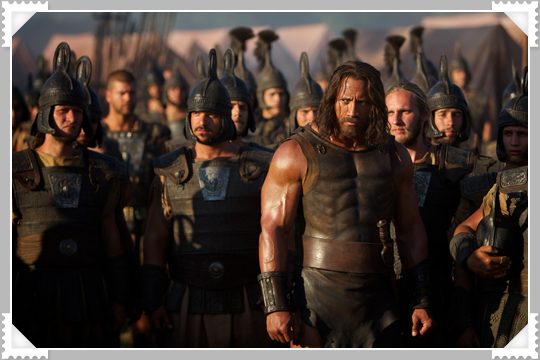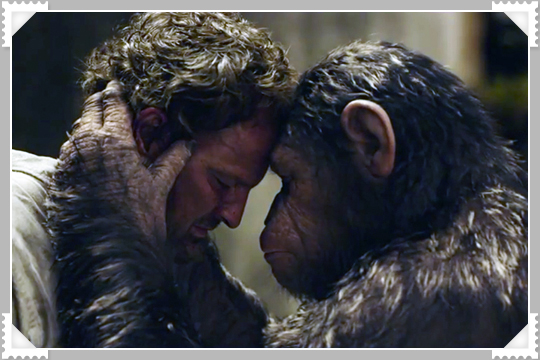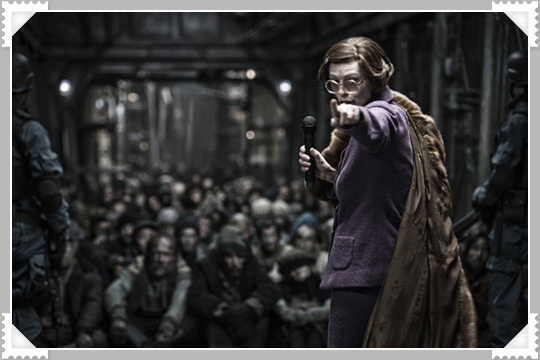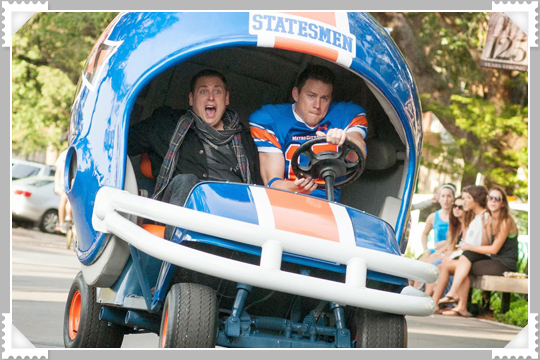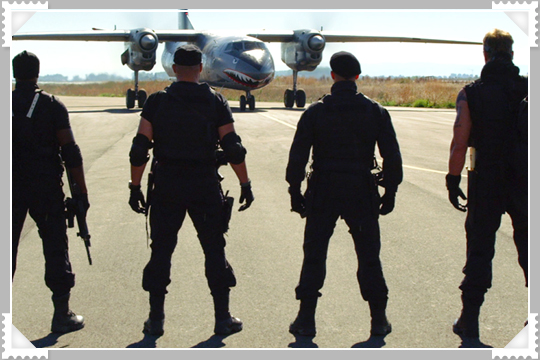
Dear Nicolas Cage, (Declined),
Yeah, I know—you didn’t even appear in The Expendables 3. But your refusal to participate in the popular geriatric action franchise says something significant about the nature of these films. It’s not that you’re too good for them. But perhaps that you’re too complicated.
The problem with all of the Expendables movies is one of tone: they can’t quite decide if they’re parodies or not. They should be. But there’s must be something about the size and shape and consistency of the egos involved that prevents them from ever reaching the satirical place it seems they should (Sylvester Stallone’s lumpy, veiny physique itself is a grotesque caricature of an action hero’s body). But the humor of these films is surprising in its lack of self-awareness. Which is why you don’t fit in, Nic. Is there an actor in Hollywood more painfully self-aware in front of the camera than you?
No, I’m not talking about the way you acknowledge your own public persona by showing up in SNL sketches. I’m talking about the wonderful, bewildering verisimilitude of your career choices, and the uncanny ability you have to use your supernatural Nic Cage powers in both small indie dramas and terrible straight-to-streaming paycheck flicks.
You’re a better actor than anyone else in the Expendables cast. Empirically (you actually have an Oscar® for acting). And, of the entire roster, you’re the one most likely to return to that kind of form. I don’t think anyone would be surprised, after the glut of junk you’ve involved with in the last decade, to see you back up at the awards podium. Kellan Lutz, on the other hand? That would blow some minds.
You might not believe it, but under different circumstances, I’ve been a defender of the Expendables movies. My love of action films from that classic era (1985-1995) often overwhelms what few critical faculties I possess. But I have a greater affinity for you and your talents, Nic. At precisely that same time that you won your Academy Award for Leaving Las Vegas, you appeared in the three defining action flicks of the mid-90s (the peak, I would argue, of that classic era I just randomly made up). The Rock is Michael Bay’s most watchable film, and nicely buttressed by a script that was polished by both Aaron Sorkin and Quentin Tarantino; Face/Off is the John-Wooiest Hong Kong action movie ever to John-Woo, and you and co-star John Travolta deliver performances far more nuanced than perhaps the absurd plot deserves; Con Air is the film The Expendables thinks it is, an almost-satire that pays loving tribute to the wonderful excess of the modern action film while remaining wholly in character as a modern action film.
No one else involved in any of the three Expendables films can boast a run like that. Except perhaps Han Solo/Indiana Jones himself—which is why it’s so disappointing to see Harrison Ford show up and go through the motions. And why it’s so heartening to know that, despite all the unfortunate decisions you’ve been forced to make lately, appearing in The Expendables 3 wasn’t one of them.
Sincerely,
Jared Young
Status: Return to Sender (2/5)

